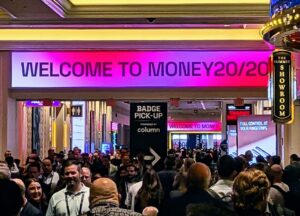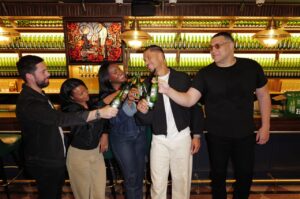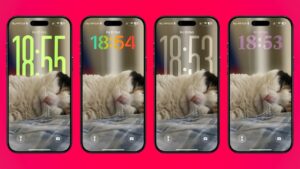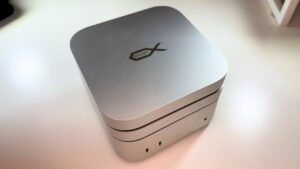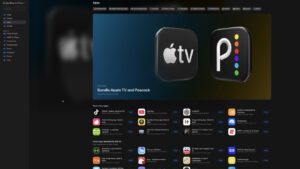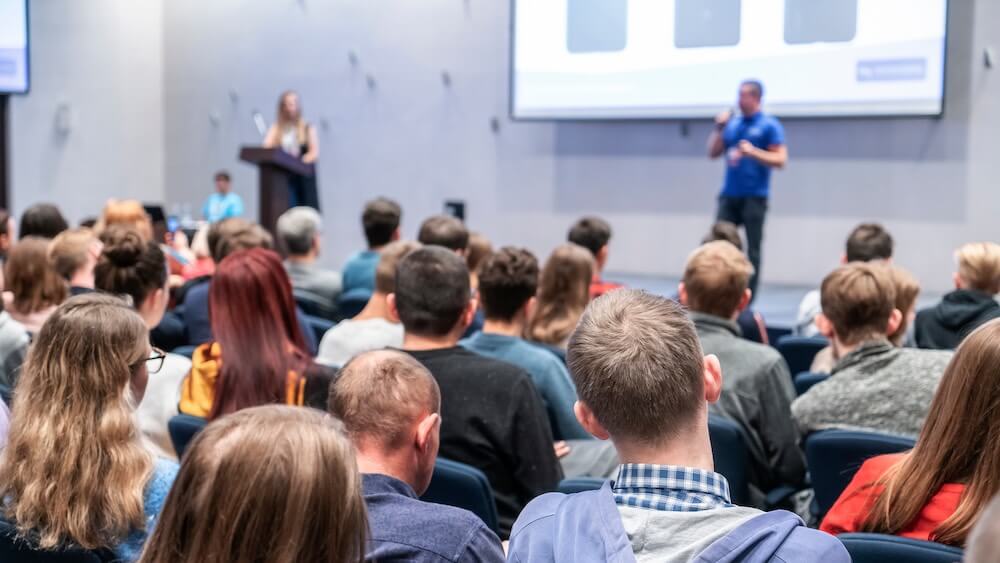


Apps like Slido and Zenus help make events more interactive.
Measuring engagement is a top priority for every type of event, but medical and scientific meetings in particular present a challenge as the material presented can be highly technical, as highlighted by a recent post on PCMA’s Catalyst Community:
“Here’s a question for all you medical/scientific meeting planners: How are you incorporating audience engagement strategies for programs that are highly didactic?” Shannon Ryan, CMP, associate director of conferences and meetings for the National Comprehensive Cancer Network, asked the Catalyst community. “Our conferences focus on updating the audience on new treatments — which is why people come — but how can we spice it up a bit to make it feel more engaging? We’re setting crescent rounds so people can look/talk to each other before/after the sessions and we do have a few fishbowl sessions and work group sessions interspersed, but for the most part, we’re didactic. Any advice would be very appreciated!”
Those who responded to Ryan’s request for suggestions came up with technology solutions. “We just used Slido polls very successfully in a conference,” said Kim Connolly, assistant director for programs and conferences for the Virginia Military Institute. “We used their word cloud feature (Give us three words you would use to describe X) as well as polling. Inexpensive and easy to use.”
Others suggested using gamification, i.e., creating a competition when presenting new content with a leaderboard showcasing participants’ correct answers, to liven things up.
We’ve written about how some planners are also leveraging AI to passively track engagement in real-time, thanks to “emotional AI” apps like Zenus, which can use sensors to scan and categorize the physical movements and facial expressions of groups of people.
Going Analog
We’ve also shared in Convene other non-tech ways health-care conferences have made their overall events — not specific to enlivening session formats — more immersive.
For example, the American Society of Cataract & Refractive Surgery used audience insights to liven up its annual meeting awards program. After conducting in-depth attendee interviews onsite, the association rebooted its traditional ceremony the following year by creating a more intimate and casual setting for participants to ask surgeons they admire questions about their careers and seek out their advice.
Other medical events have added art and wellness elements, not only to engage health-care professionals during their events but to help address stress and burnout. Back in 2018, we wrote about the American Society of Hematology’s art exhibit at its Annual Meeting, which included resilience-themed artwork created by physicians.
The American College of Lifestyle Medicine’s chief operations and event officer, Julie Holtgrave, CMP, HMCC, shared with us several ways wellness is incorporated in its annual meeting to help participants connect with each other. For example, patterned after the organization Walk with a Doc, attendees can participate in 20-30-minute walks outside, led by a doctor and covering a topic of interest to them.


